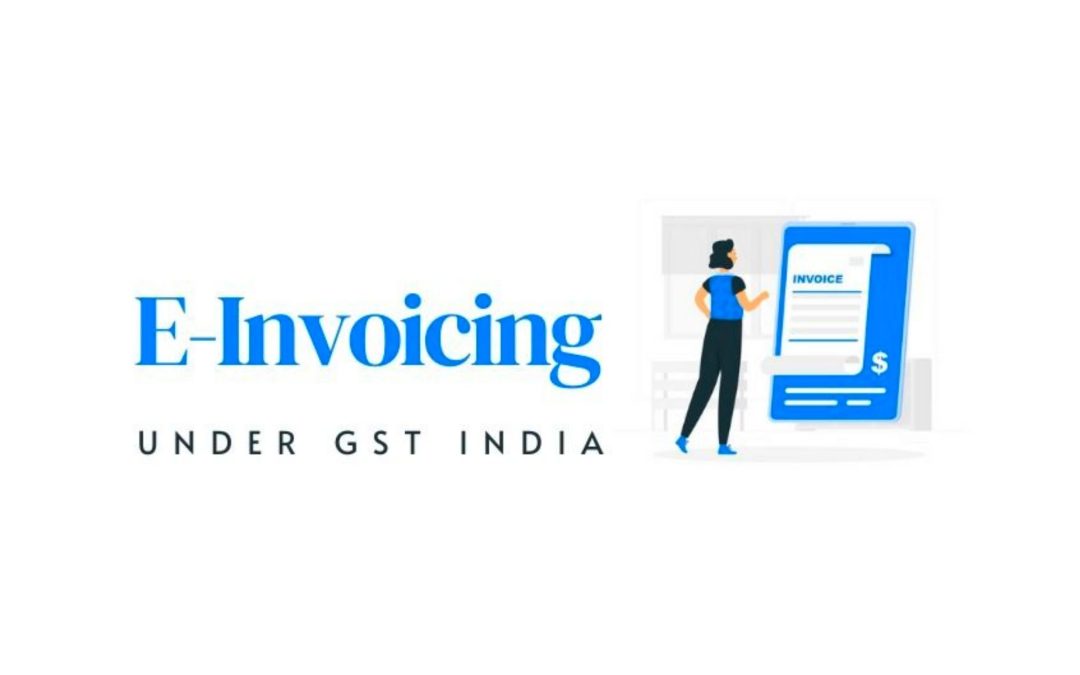E-Invoicing Under GST India: Where Efficiency Meets Transparency
Over the years, companies all over the world have been replacing paper invoices with electronic versions to improve efficiency of business. Tax authorities and governmental organisations have begun enforcing the use of ‘e-invoicing’ for economical and security reasons.
Commencing from 1st January 2020, the GST council of India has approved the introduction of electronic invoicing for reporting of business to business (B2B) invoices to the Invoice Registration Portal (IRP) System.
SAP proposes to introduce an e-Invoice solution to enable customers to comply with the new e-Invoice mandate.
Read more:- A Sap Consultant Guide 2022 : Career, Salary, Jobs, Scope, Skills
What is the current system?
Presently, businesses use different software’s to generate invoices and manually upload them in the GSTR-1. Further it goes to GSTR-2A. When any transporter needs to generate the e-way bill, they have to import the invoices in Excel.
A common misconception is that the e-invoice will be generated from the government’s tax portal. Rest assured, the invoices will continue to be generated using the business’ existing ERP software keeping in view the varied needs of item master, buyer master, UQC etc. along with sub-second responses from IR Portal (IRP).
So the customer needs to keep their ERP to generate the invoice with additional data as the GSTN portal will not generate the e-Invoices for them. It has just been uploaded with JSON data formats.
Benefits of E-invoicing
The e-invoicing is an initiation from the Goods and Services Tax Network to simplify the GST return process and avoid discrepancies. It has parallel benefits for the business or organization as well.
Advantages to the Goods and Services Tax Network:
- It will aid in building a healthy GSTN eco-system where the interoperability and interpretation of invoices are easy. This simply means that an invoice generated by one software could be read by other software easily.
- Standardization of invoices would avoid the re-entry of data into the portal and reduce resource usage in the long run.
- Inculcate better tax-paying practices by supporting organizations in one-time reporting on B2B invoice data, generating purchase/sale registers, and sort out input credit verification issues.
- It will help in the reduction of tax evasion by maintaining a complete trail of B2B invoices and facilitating a system-level matching of input credit and output tax.
- The biggest benefits that e-invoicing delivers are transparency and proof as with e-invoicing, the moment an invoice is made, it will be uploaded on the GSTN portal where pre-validation will be done and a unique number called IRN (Invoice Reference Number) will be issued.
- All in all, it will improve the efficiency of Tax Administration by the elimination of fake invoices.
Advantages to the Business:
- Since e-invoicing is not mandatory as of now, businesses can conveniently decide when and how to deploy the practice.
- E-invoicing would save the business of last-minute runs as invoices will already be uploaded and the records are reconciled.
- This will also avoid the need to generate e-way bills.
- Real-time tracking of invoices will be possible as the supplier generated invoice copy would be sent to the customer by the GSTN portal.
How does SAP assist in E-invoicing?
The new mandate brought in the need to standardize the format in which electronic data of an invoice will be shared with others to ensure the interoperability of the data. E-invoice under GST India covers documents such as invoice by supplier, credit note by suppliers, debit note by supplier and any other document required by law to be reported by the creator of the invoice.
SAP proposes to introduce e-Invoice solutions to assist customers to comply with the new e-Invoice mandate:
Automated Solution: It involves the direct integration to the e-invoicing (IRN) system via GSP. This will enable taxpayers to upload the payload from the backend SAP system to the portal, generate the Invoice Reference Number and link it with the billing document in the backend system. In the automated process, the preparation of standardized format is done by SAP.
Manual Solution: It involves reading the response file and storing the information of the IRN, QR code and digital signature in the standard table and linking the original invoice with IRM along with its current status. The preparation of the standardised format (JSON request file) needs to be generated offline by the customer.
Conclusion
SAP generated solutions will help businesses seamlessly generate e-invoices and meet functionality as per the government mandate. Through automatic real-time online integration by secured communication with the GST portal, businesses can use their existing ERP software to operate e-invoices.
E-invoicing will prove to be a great aid in improving the efficiency of business whilst maintaining transparency with the government.

